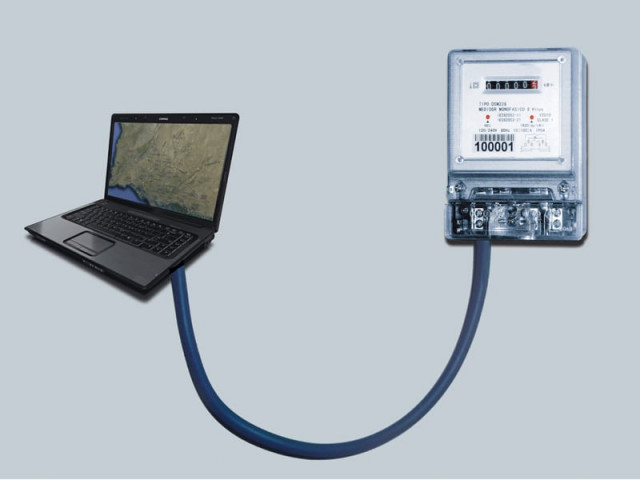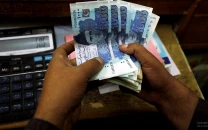Power companies: For KESC, the key to profitability is data precision
Utility tracks exactly where and how much electricity is stolen, and holds employees accountable for profitability.

It is the question that is dominating conversations in the nation’s largest city: how exactly did the Karachi Electric Supply Company (KESC) manage to return to profitability? The answer lies in the hard-nosed, data-driven management style instilled into the utility by a management team headed by executives from Abraaj Capital, the Dubai-based private equity firm that owns a significant stake in the firm.
Analytical management is an unknown concept in Pakistan. It is not taught at any of the country’s business schools. Yet the KESC management insisted on knowing exactly where each unit of electricity was consumed, so that they could accurately track where the electricity was either being lost due to poor infrastructure, or more problematically, where it was being stolen through illegal connections.
It was not an easy task. KESC serves a chaotic city of 17 million people, with over 2.2 million legal electricity connections (and hundreds of thousands more illegal ones), using a transmission and distribution system that spans over 21,000 kilometres, spread out over an area of more than 3,500 square kilometres. When Abraaj took over, the amount of electricity that the grid lost due to a poor infrastructure or theft was nearly 36%.
KESC set out on an ambitious plan to map the entire grid and be able to pinpoint problematic areas. More importantly, the utility also increased its ability to separate the areas with relatively low theft from areas with high theft. This allowed KESC to do what no other utility has thus far been able to do in Pakistan: introduce a disincentive for bad behaviour. Areas with low theft now have almost uninterrupted electricity, and now constitute close to 46% of the grid area, thanks to the surgical precision with which the city has been mapped by the utility.
“We are now almost at the level where we can keep track of virtually every electron in our grid,” said Tayyab Tareen, an executive director at the company.
But the mapping alone was not what did the trick. Far too often, theft in the electricity grid was aided and abetted by KESC’s own staff. To combat that trend, the management at KESC has introduced an incentive system for their employees.
The city was divided up into 28 regions, each served by an integrated business centre (IBC). Each IBC is now required to prepare its own financial statements, which identifies the contribution of each region to the overall profitability of the company. Employees in each IBC can request resources to help improve the productivity of their region, but they are then also held accountable by how much they have helped improve the company’s financial health. This approach has yielded results: 17 of the city’s regions, which constitute about 67% of the city’s power consumption, now have losses of less than 15% on average. For the financial year than ended June 30, 2012, the company’s overall line losses are at 29.7%. The problem exists in the other 11 regions, where line-losses are as high as 50%. These areas also see the bulk of power outages.
As a result, large segments of the Karachi citizenry seem to be happy with their city’s utility system, especially when television broadcasts show them how bad the power cuts are in the rest of the country. There are even some Karachi-based professionals who have refused higher-paying job offers in Lahore, based largely on the comfort of living in a city with a reliable power supply.
The approach, meanwhile, has netted KESC a profit of Rs2.6 billion, slightly higher than the Rs2.1 billion that the company had projected it would achieve. For the financial year 2013, the company has projected a net income of Rs14.1 billion. Given the company’s success in achieving its goals this year, there will undoubtedly be many investors who will take that projection very seriously.
Published in The Express Tribune, August 11th, 2012.



1728020501-0/Express-Tribune-Web-(13)1728020501-0-208x130.webp)






1726134115-0/BeFunk_-(41)1726134115-0-208x130.webp)








COMMENTS
Comments are moderated and generally will be posted if they are on-topic and not abusive.
For more information, please see our Comments FAQ